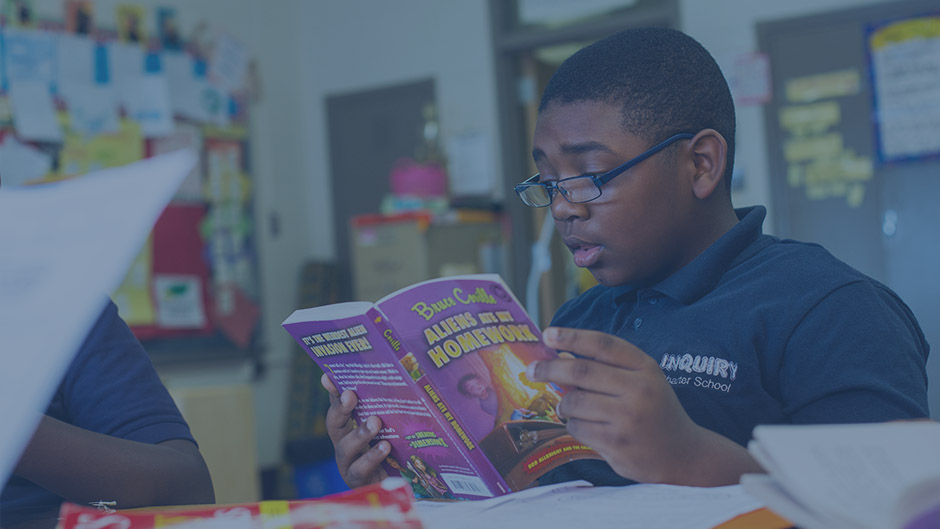Affirming Identities with “I am from...” Poems

We want children to be able to connect their lives at home and in their communities to their lives in school, to be able to share with us and their classmates who they are and what matters to them outside of school, as well as inside of school. A literacy practice that helps to make these vital connections between the world of home and community and the world of school is “I am from” poems.
Why we write “I am from” poems....
We write and share “I am from” poems because they honor and celebrate children’s cultural identities, histories, interests and backgrounds”. They help children get to know each other at the beginning of the year and build awareness of children’s similarities, differences, and unique experiences. When children write about what they are from they celebrate their own identity and culture, and when they listen to or read their classmate’s poems they celebrate others’ identities and cultures.
Many educators have taught “I am from” poems in a wide range of schools across the country, and the world. Katie Kelly’s observations about writing “I am from” poems with a class in New Zealand gets at how writing these poems helps children to share their backgrounds and appreciate others’ backgrounds:
“Writing “I’m From” poems enabled students to share their family traditions, sayings, and innermost thoughts. Because students were taught to value all identities, the voices in Whitney’s classroom were amplified and students were not afraid to share what makes them unique. (Kelly et al., 2020)”

Literacy to Liberation
How we write “I am from” poems...
Mentor Text Activities
- Read aloud Yamile Saied Mendez’s picture book Where Are You From? in which a little girl’s abuelo explains that the answer to the question “Where are you from?” is as much about the people and experiences you cherish, as any specific location. (Available in Spanish as De donde eres?)
- Make your own “I am from” poem to share with children, modeled on George Ella Lyon’s poem, “Where I am From” (Kelly et al, 2020) (Laminack and Kelly, 2019).
I am from oat cakes and soft-boiled eggs.
I am from dogs under the kitchen table.I am from guppies, and minnows and tiddlers.
I am from climbing to the very top of the beech tree.
I am from yarn and yarn and more yarnKnitted into sweaters, and hats, and socks.
I am from stories about bikes ridden to work.
- Share “I am from” poems from other children, close in age to our class.
- Read George Ella Lyon’s directions for how to write “I am from” poems with older students and adults, and think about the ways her processes is applicable to younger children.


